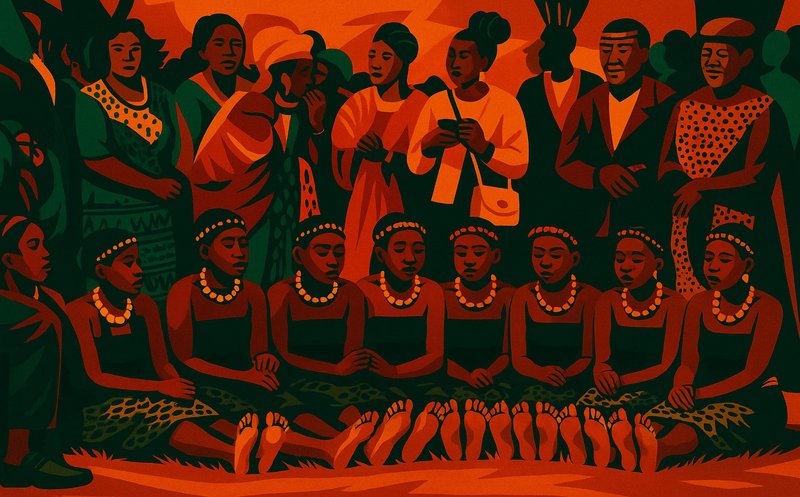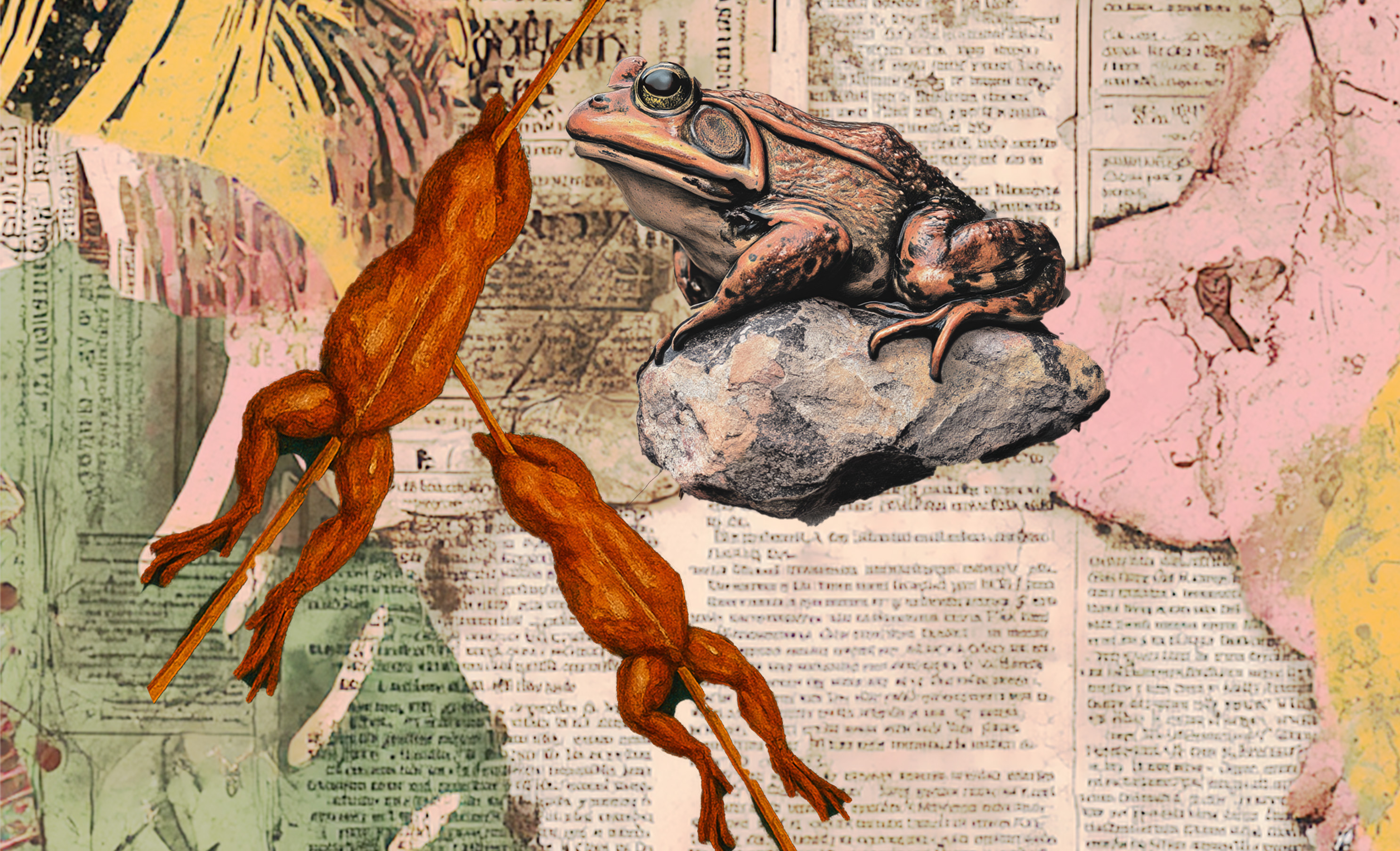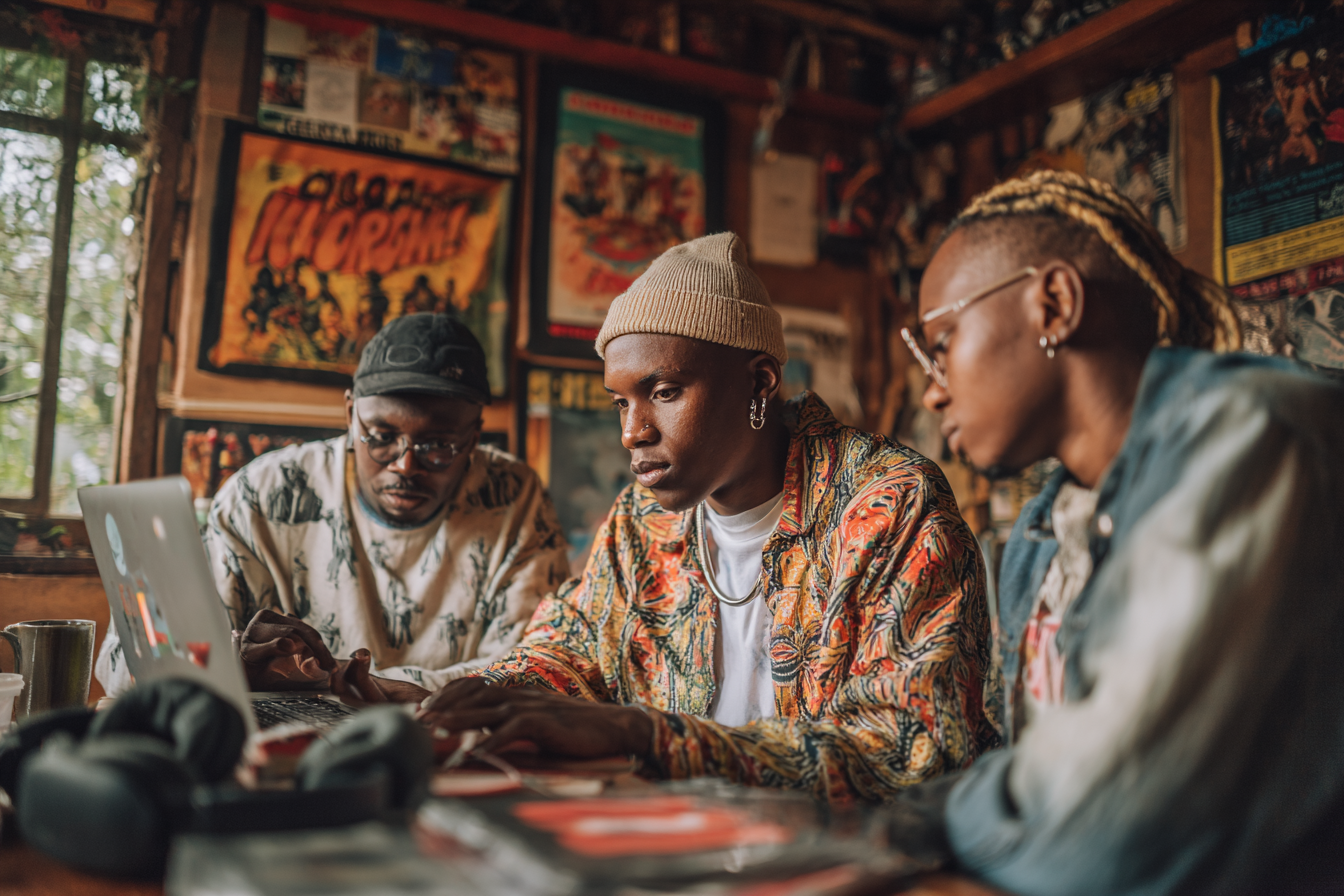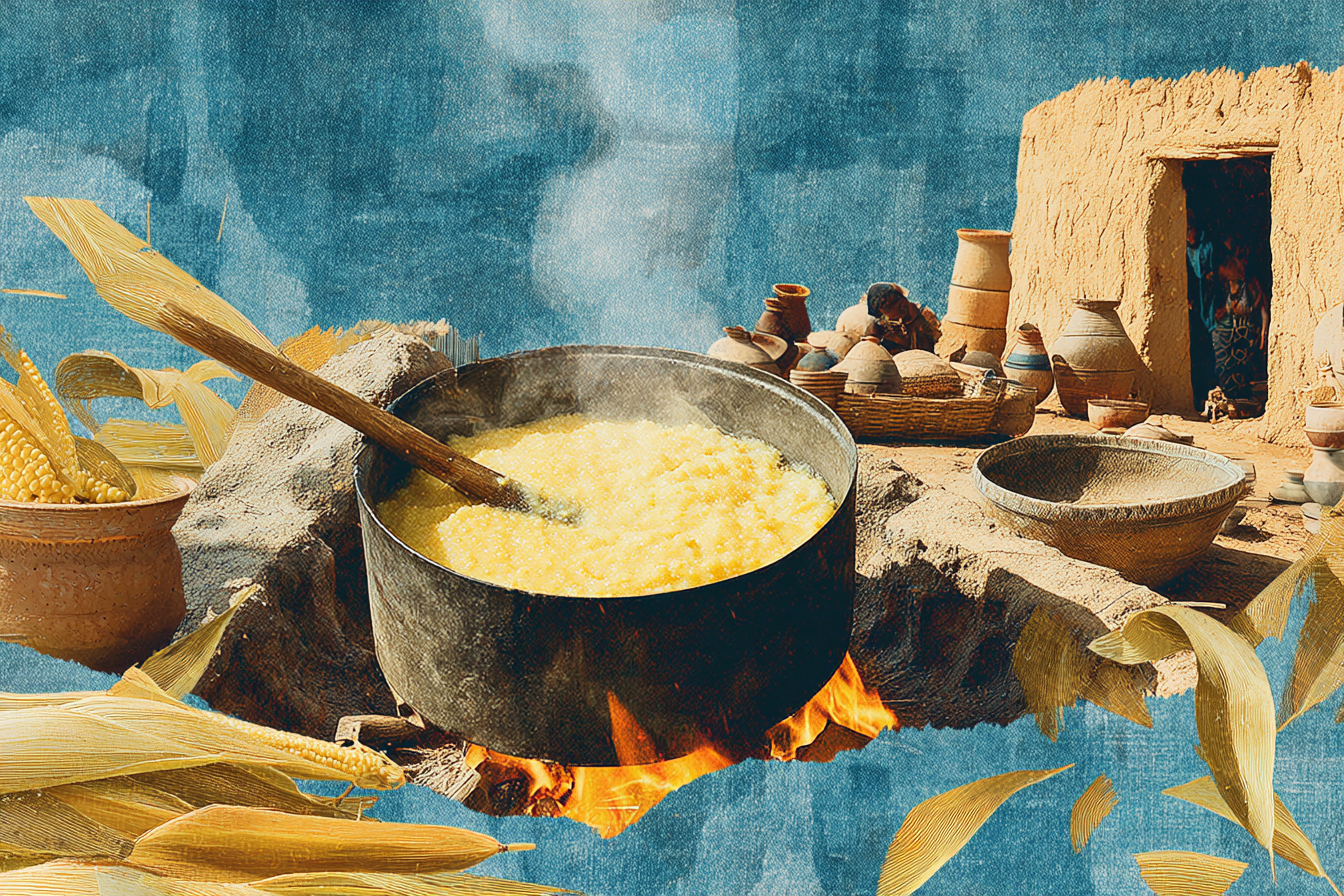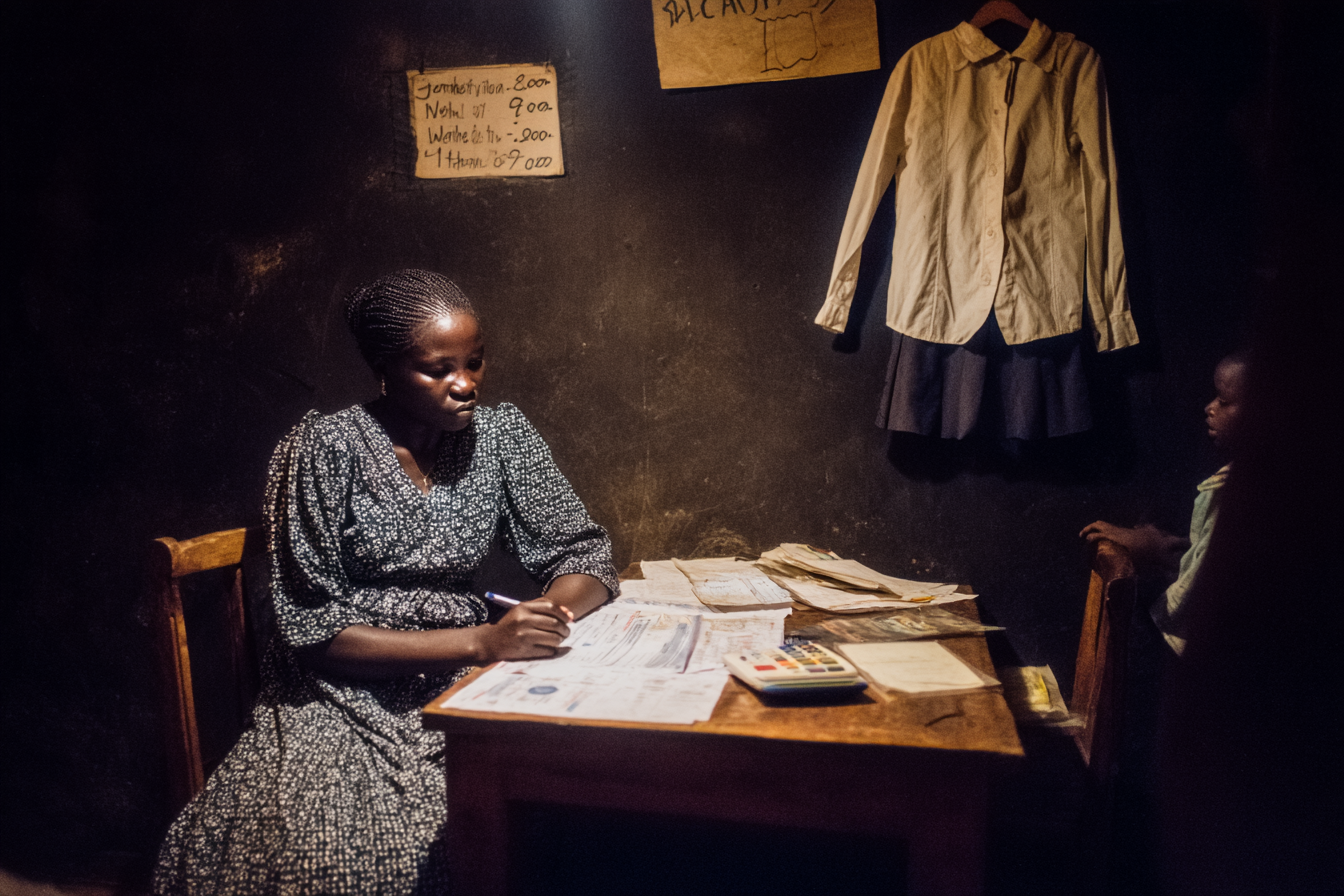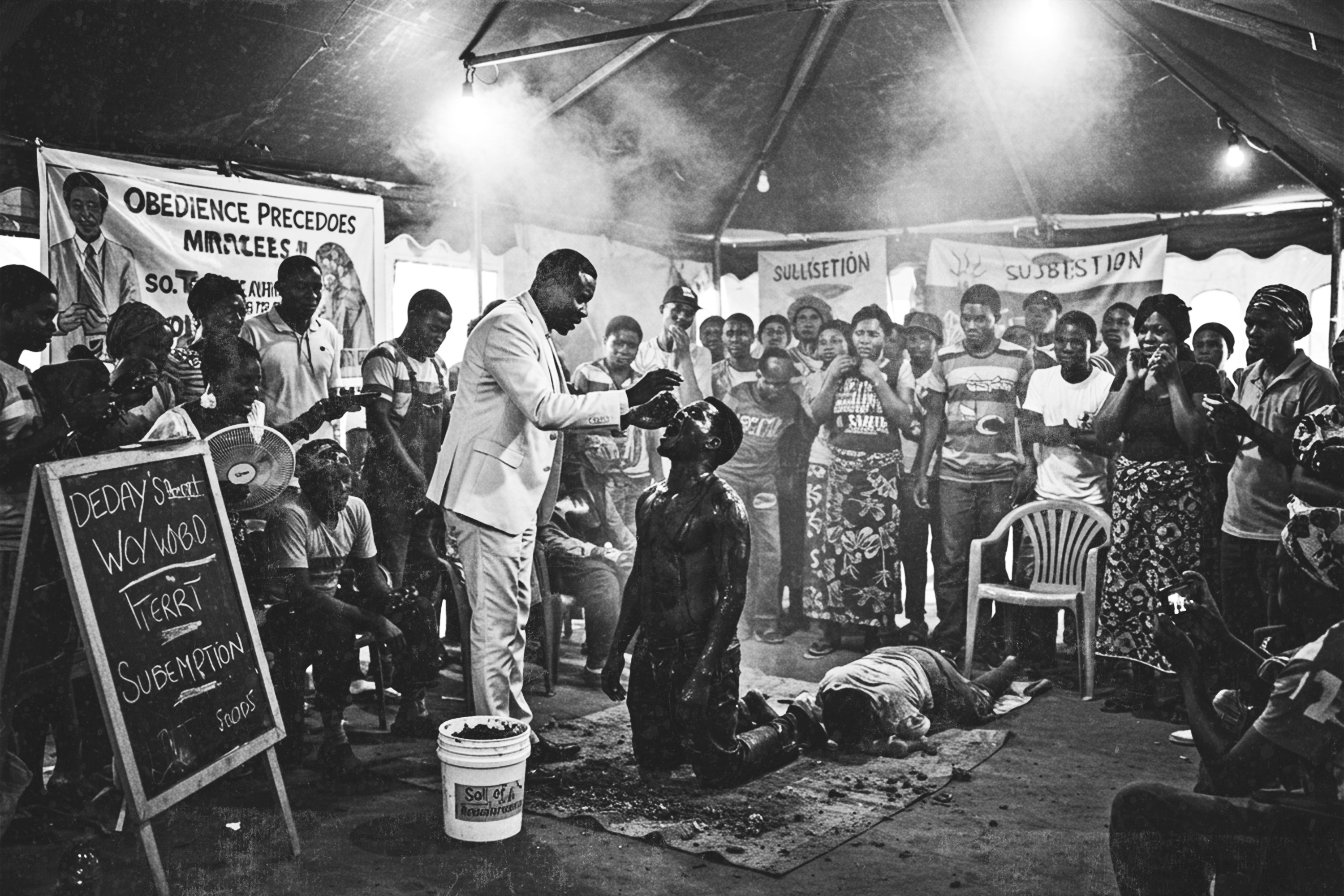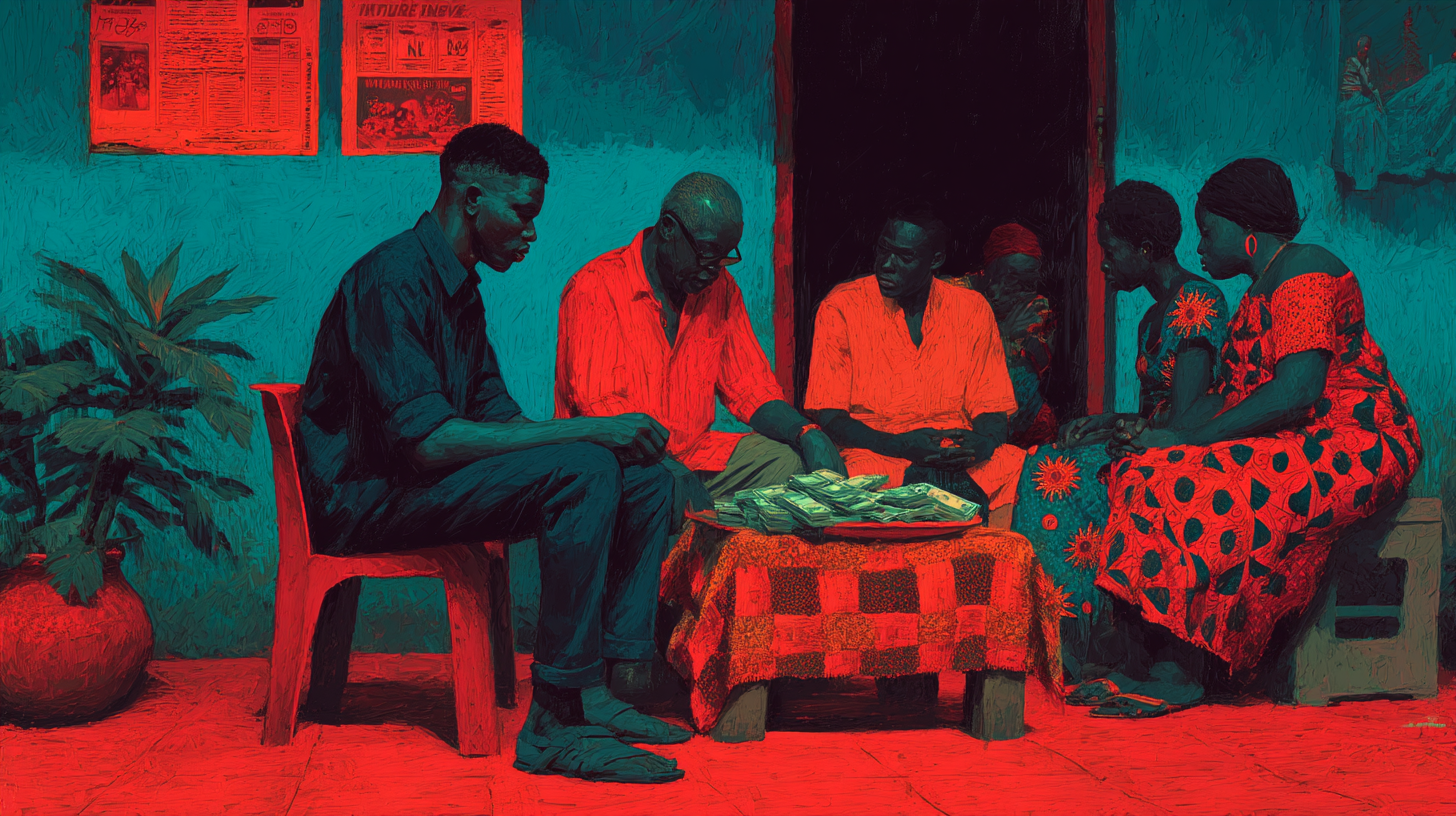In the heart of Southern Zambia, the Tonga people gather at Gonde, their feet pounding the earth in dances, voices rising in music. The Lwiindi Gonde Ceremony is more than a harvest festival; it’s a sacred covenant between the living, the ancestors, and the land. A tradition unbroken by time, it invites visitors not as spectators but as participants in a living prayer of gratitude. Will you answer the call?
In the heart of Southern Province, the Tonga people gather at Gonde near Monze town, their feet drumming the earth in dances, voices rising in traditional songs. This is the Lwiindi Gonde Ceremony, heritage, resilience, and gratitude that have kept the Tonga community together for centuries.
The ceremony is practised by the Tonga people, one of Zambia’s largest ethnic groups. At the centre stands the current Chief Monze, Magunza Monze, who has held this title since 1990, guiding the ceremony.
Held annually on the last Saturday of July, the ceremony is held on the sacred grounds of Gonde, west of Monze town. Whether in drought or plenty, the ceremony always goes on as it is an act of thanksgiving and supplication. The ceremony is a fundamental act of thanksgiving where communities present the first harvest to ancestors, expressing gratitude while asking for future rains too. This ritual is between the living, the dead, and the earth.
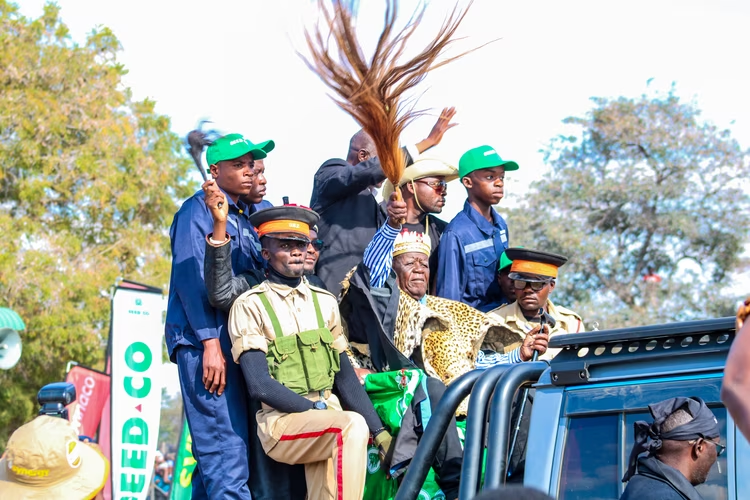
What Happens During the Ceremony?
The Chief makes an offering of grains, beers, and livestock to their ancestral spirits. The acts are performed in sacred spaces, embodying a dialogue between generations, appeasing the ancestors to secure blessings. The Chitombi or Nkolola are then done by dancers in beadwork and animal skin.
Gonde turns into an epicentre of culture where sellers and artists sell baskets and pottery, elders narrate histories, and the aroma of nshima fills the air. A highlight of the parade is where Chief Monze and sub-chiefs appear in leopard skin, ivory bracelets, and iron sceptres, symbolising unity.
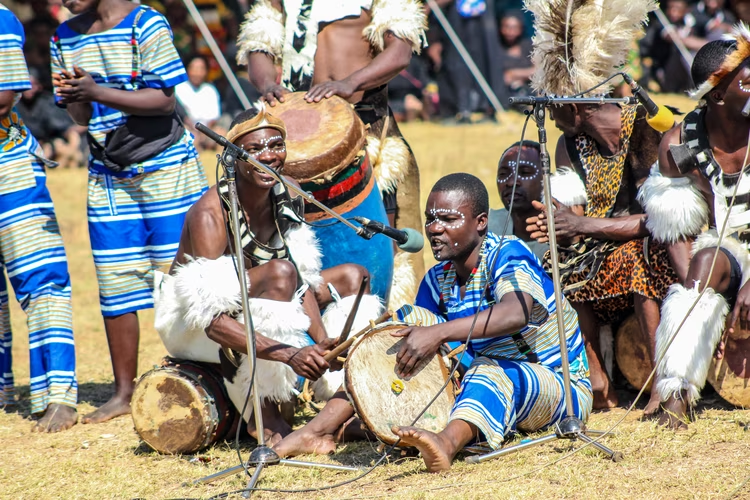
What sets Lwiindi Gonde apart from other ceremonies is its originality, remaining a community-centric tradition. Political attire is banned to preserve its sacredness. It’s also one of Zambia’s few ceremonies where ancestral veneration is directly tied to ecological cycles. Foreign visitors are welcomed as participants, not spectators.
Why Should You Attend the Lwiindi Gonde Ceremony?
Experience a culture that has weathered colonisation yet preserves its identity through ancestral practices. You’ll drum, share meals, and learn dances taught by locals.
For visitors, dress appropriately, avoid wearing political symbol regalia, and ask for permission before photographing rituals.
The Lwiindi Gonde Ceremony symbolises Tonga's covenant with the land, the sky, and those who walked before them. To attend is to step into a circle where thanksgiving is a ritual, community is prayer, and culture is not performed but lived.
